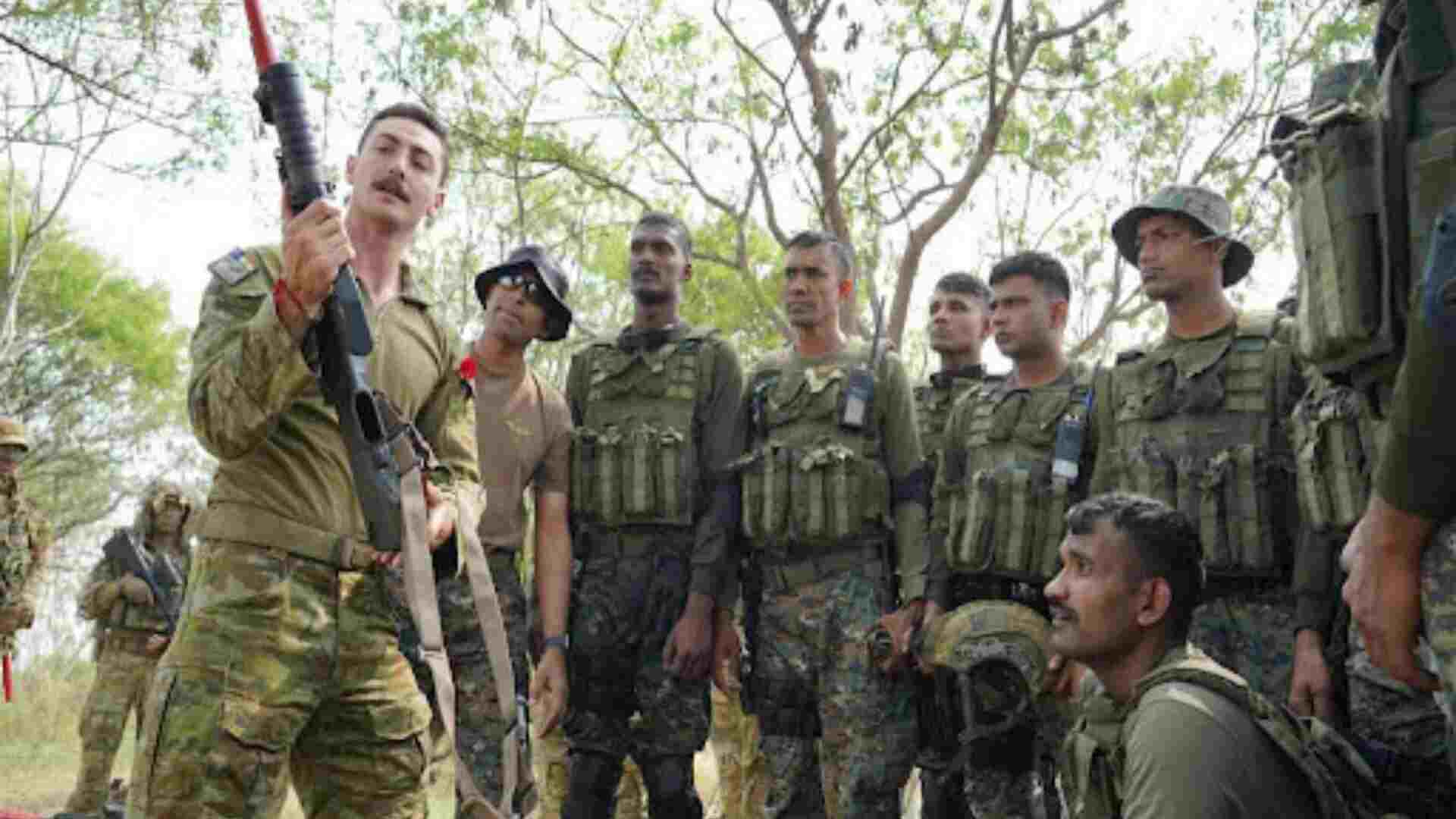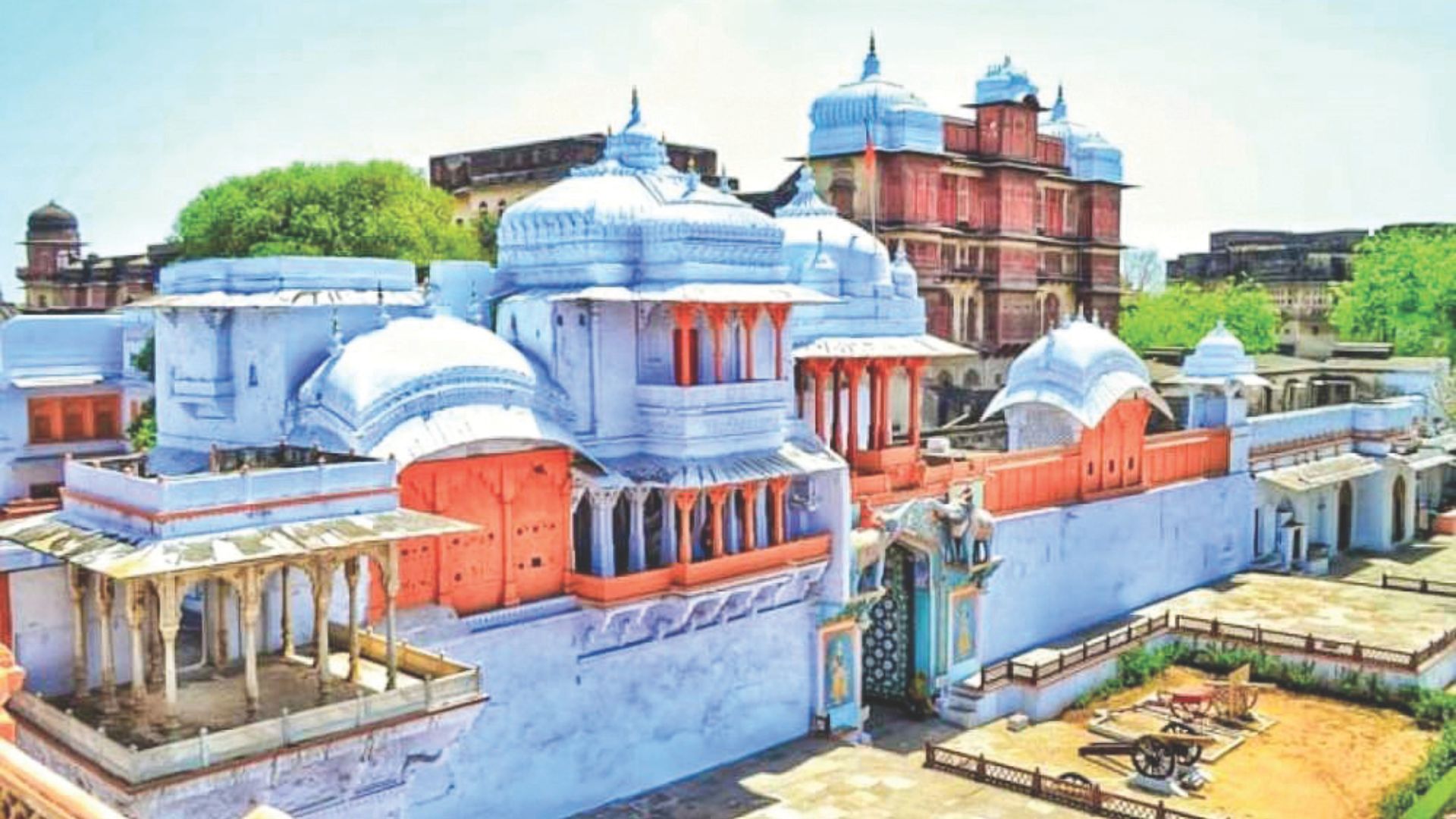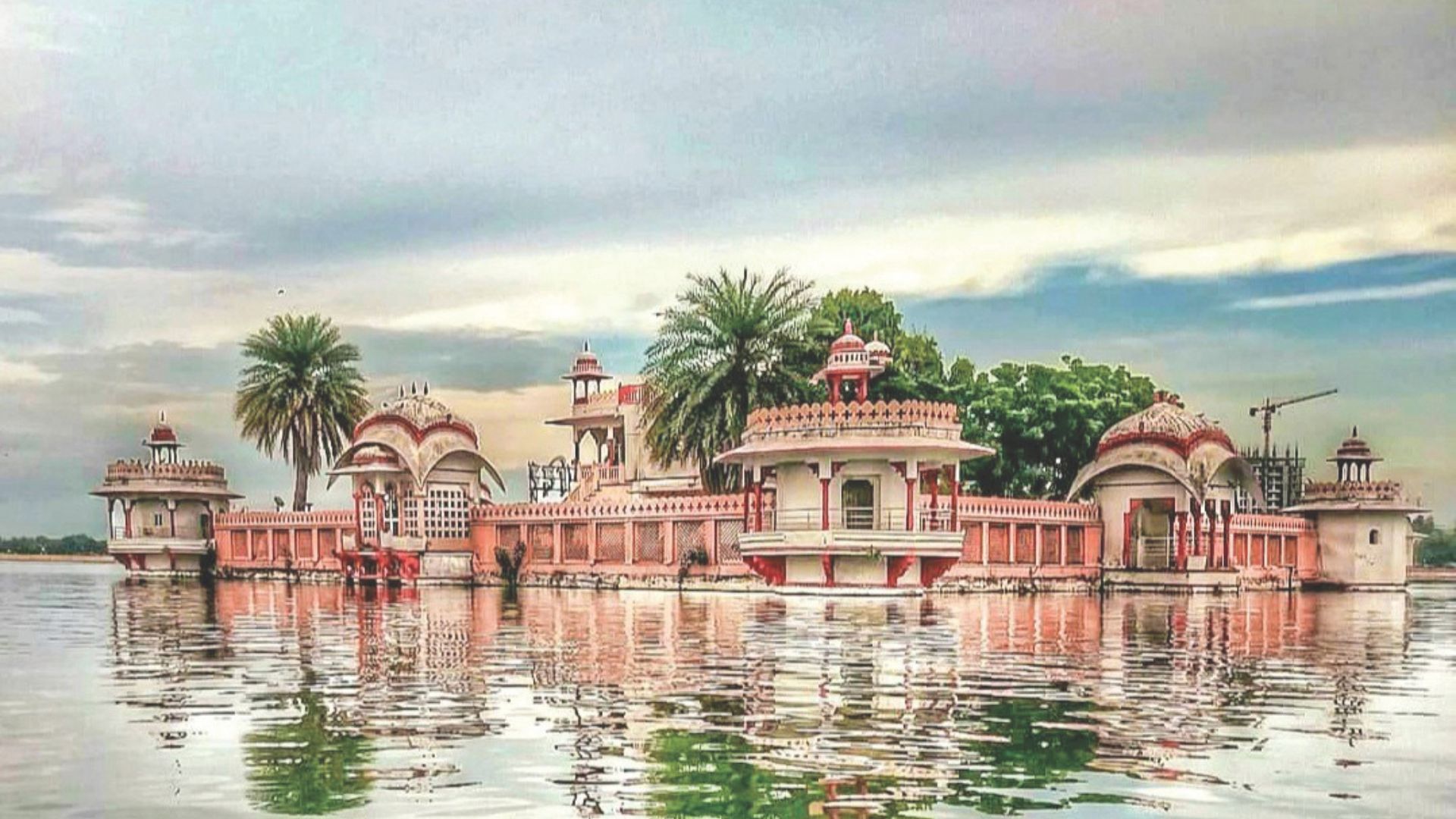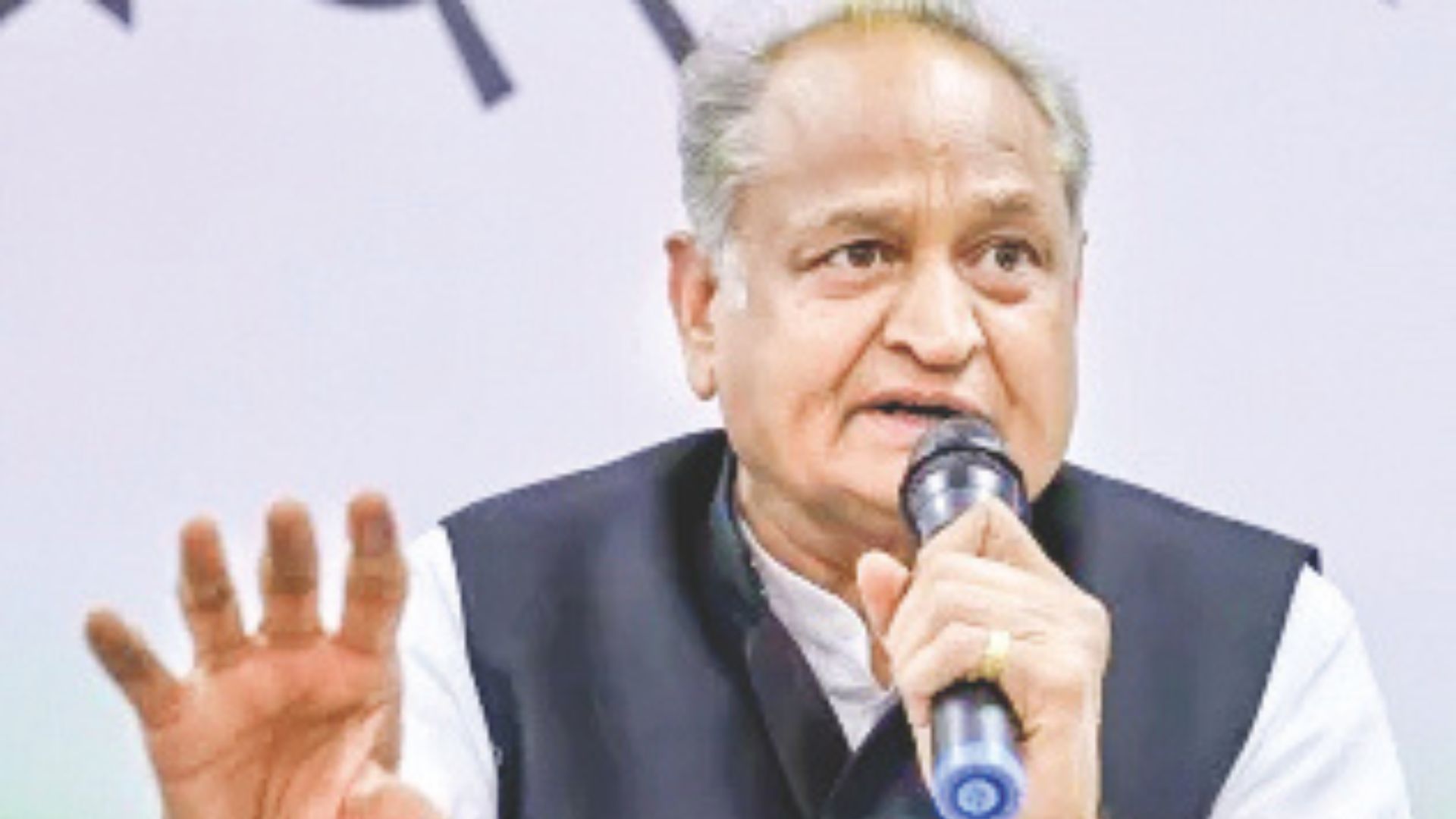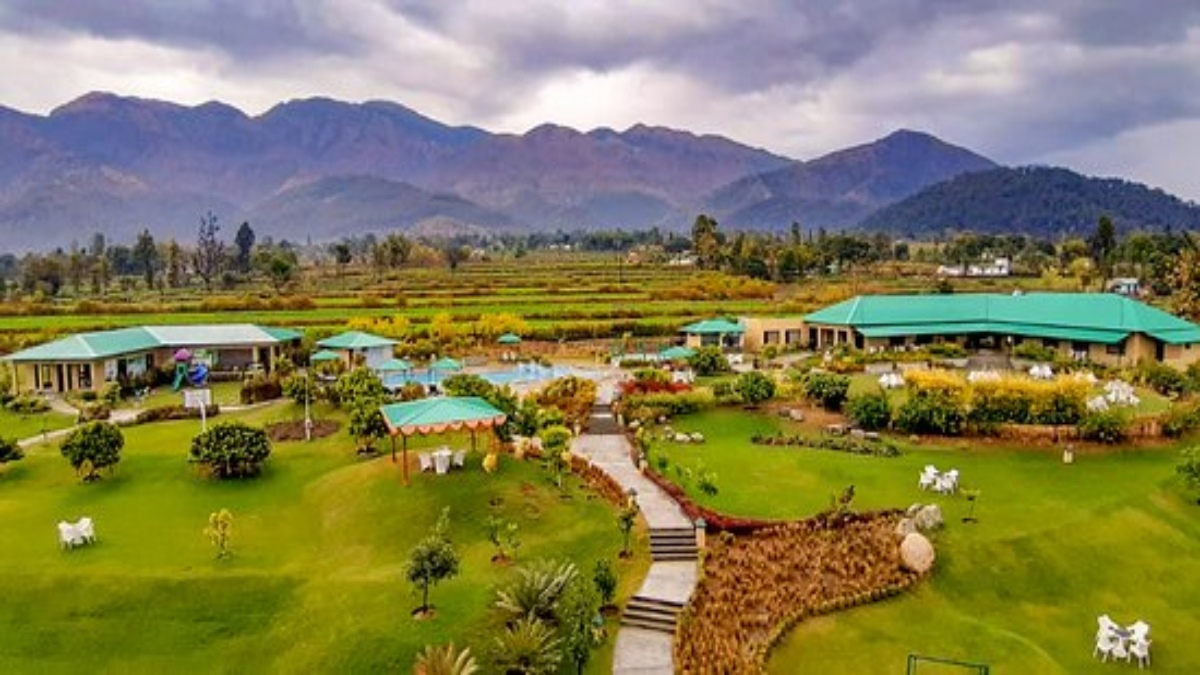
Ramnagar I is a coastal Block in Purba Medinipur district of West Bengal. It is vulnerable to coastal erosion. On account of climatic events of Bay of Bengal, it experiences periodic shocks in the context of livelihood.
There were two primary issues that were plaguing the villages near the sea in Ramnagar. First set of these issues related to anthropogenic activities on the beach and indiscriminate driving, motorcycle racing and unauthorised constructions destroying the mangroves to set up hotels and restaurants. The second one was the changing livelihood landscape as people chose to leave traditional occupations, like fishing and moved towards other options like menial work in the hotels.
The first issue was slowly eating into the ecosystem. Sand from the beaches as well as the flora and fauna on such beaches were gradually disappearing. This threatened the very sustainability of the region. Tourism hotspots like Tajpur, Shankarpur and Digha also stared at the alarming prospect of losing attractive species like Red Crabs, which caught the attention of Indian and foreign tourists alike.
Tomojeet Chakraborty, a West Bengal Civil Services officer took over as Block Development Officer (BDO), Ramnagar in 2012. He was disturbed by what he saw. He, along with his team, initiated discussions with the villagers of the seaside village, Tajpur Jaldha and other adjoining areas. He forged an alliance of men and women (primarily fisherman) from Tajpur and those in the adjoining villages to take care of their beach and the Red Crab. Under the aegis of Talgachhari 2 Gram Panchayat, this effort was institutionalised. Using the powers vested in the panchayat bodies under West Bengal Panchayat Act of 1973, access to the beaches was regulated and orders under Section 144 of CrPC were promulgated by the appropriate authority. These initiatives helped the local community. The endeavour was christened as ‘Mission Red Crab ‘. Steep fines were imposed to disincentivise the use of beach for racing and other activities detrimental to beach species and ecosystem.
This initiative was unique. Gram Panchayat was being used as a rallying point. The local population was in the forefront of this line of action. Government was seen as playing a supportive role. It made a world of a difference. Tomojeet as BDO was a firm believer in community’s role in addressing the environmental issues. Squads of local villagers with rotational deployment was planned. Block administration and police played the role of facilitator. These efforts produced the desired results and the red crabs started breeding back. The flora and fauna on the beach also revived as was tourism in the area
Unauthorised construction was still a bane. It required concerted effort to bring it under control and to prevent it from swallowing the coastline. On account of development of the region as a tourism hub, land was increasingly in demand. Increasing demand was also because of this area evolving as landing centre and auction centre for the fish. Consequently, incidence of unauthorised and illegal construction had become rampant. This was a major cause for concern for the administration at that point of time. Many such activities adversely impacted ecologically sensitive areas such as beaches and backwaters. This hastened environmental degradation.
Four hotels, flagrantly violating the norms, were located in the area. Two of these even started doing business on ecologically sensitive tract of land cutting into the coastline. The West Bengal Panchayat Act of 1973 empowered the Panchayat Samity, i.e., intermediate Panchayat at the level of Block, to sanction building plans. Tomojeet invoked powers under Section 114A of this Act and issued show cause notices to the hotel owners. This regulatory provision of law existed for long but was never explored in the State of West Bengal and rarely in other parts of the country because for Panchayati Raj institutions the focus was on developmental role and not on regulatory one. Tomojeet, a civil engineer by education and an executive magistrate by profession, had interest in the legal framework and explored the powers vested under Section 114A for entities undertaking construction without sanctioned plan. A keen battle ensued. A section of hoteliers was up in arms against the young bureaucrat and tried their best to impede the proceedings. Even though these hoteliers were given reasonable opportunity of being heard, they chose to ignore the notices and tried to evade through other means of putting pressure on Tomojeet. He and his team did not relent. After protracted proceedings, interspersed with litigations, decisions made by Tomojeet were upheld. Four big hotels were demolished despite all efforts to derail the process.
Eventually, when all channels of legal appeals were exhausted by the hoteliers, the administration moved towards taking the steps to carry out and implement its own orders. These efforts were hailed by all, including the Government as it led to establishment of the rule of law and, more importantly led to restoration of the ecology. This in turn sent a strong message and many unauthorised construction and temporary structures were rolled back. Local communities now had space to thrive. Local sheds were set up and tea joints run by villagers came up. The attraction of tourists for Red Crabs and pristine beach increased, resulting in direct increase of income for the local populace. The mindless destruction of mangroves was thwarted and the ecosystem slowly started recovering naturally. This was further assisted by afforestation.
Coastal ecosystem has a big influence on weather systems and the livelihood of the villagers. The initiatives taken by Tomojeet made its impact felt in the improvement of livelihood opportunities. It may also be worthy of mentioning that in three successive years, i.e., 2012-13, 2013-14 and 2014-15 the Ramnagar I Panchayat Samity won the award for being the Best Panchayat Samity in the country as evaluated by the Ministry of Panchayati Raj, Union Government of India. Tomojeet and his team demonstrated that officers can make it happen. It requires some vision, empathy, grit, determination, planning and taking stake holders on board.
A section of hoteliers was up in arms against Tomojeet Chakraborty, a West Bengal bureaucrat. Even though these hoteliers were given reasonable opportunity of being heard, they chose to ignore the notices and tried to evade through other means of putting pressure on Tomojeet. He and his team did not relent. After protracted proceedings, interspersed with litigations, decisions made by Tomojeet were upheld. Four big hotels were demolished despite all efforts to derail the process.


